We present AircraftVerse, a publicly available aerial vehicle design dataset. Aircraft design encompasses different physics domains and, hence, multiple modalities of representation. The evaluation of these cyber-physical system (CPS) designs...
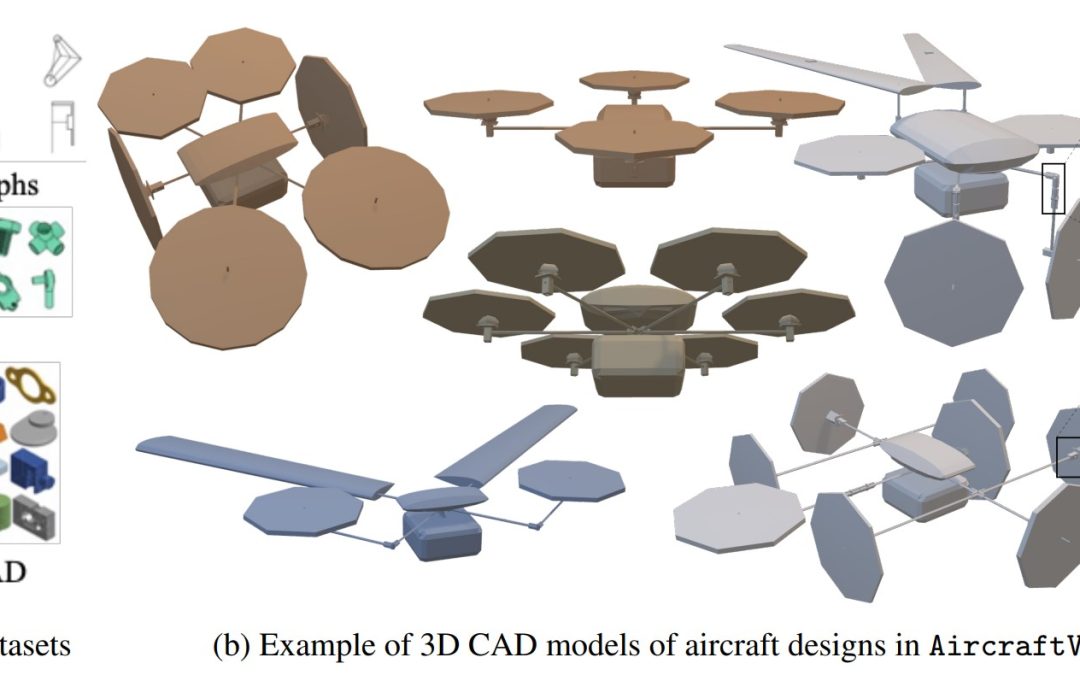

We present AircraftVerse, a publicly available aerial vehicle design dataset. Aircraft design encompasses different physics domains and, hence, multiple modalities of representation. The evaluation of these cyber-physical system (CPS) designs...
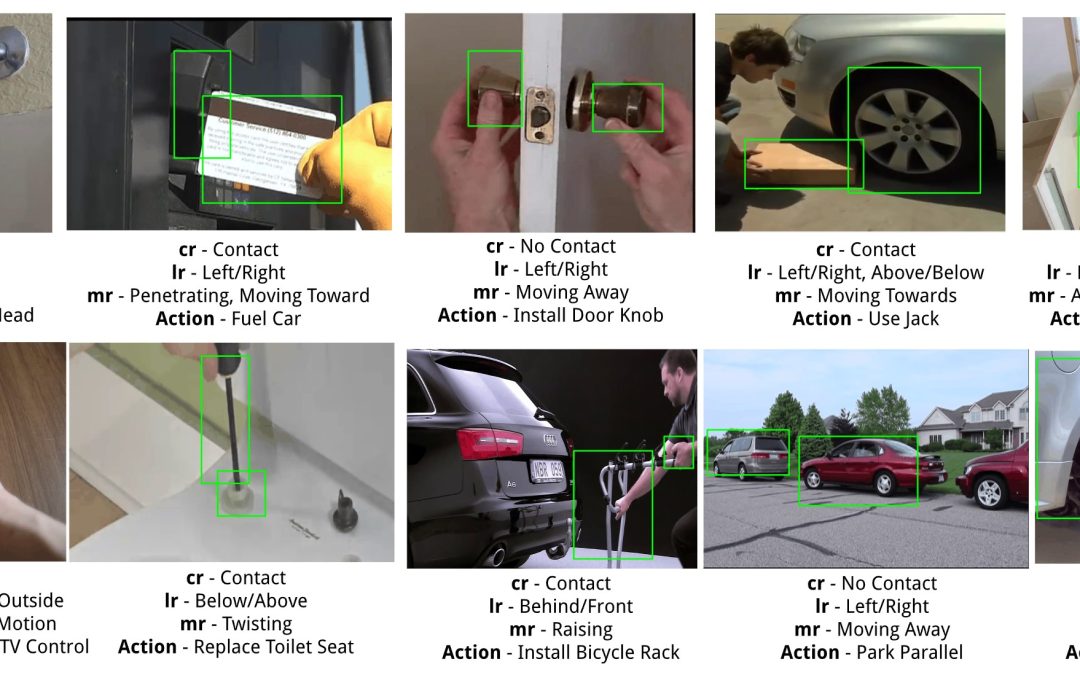
Interacting Objects: A dataset of object-object interactions for richer dynamic scene representations Asim Unmesh, Rahul Jain, Jingyu Shi, V. K. Chaithanya Manam, Hyung-Gun Chi, Subramanian Chidambaram, Alexander J. Quinn, Karthik Ramani IEEE...
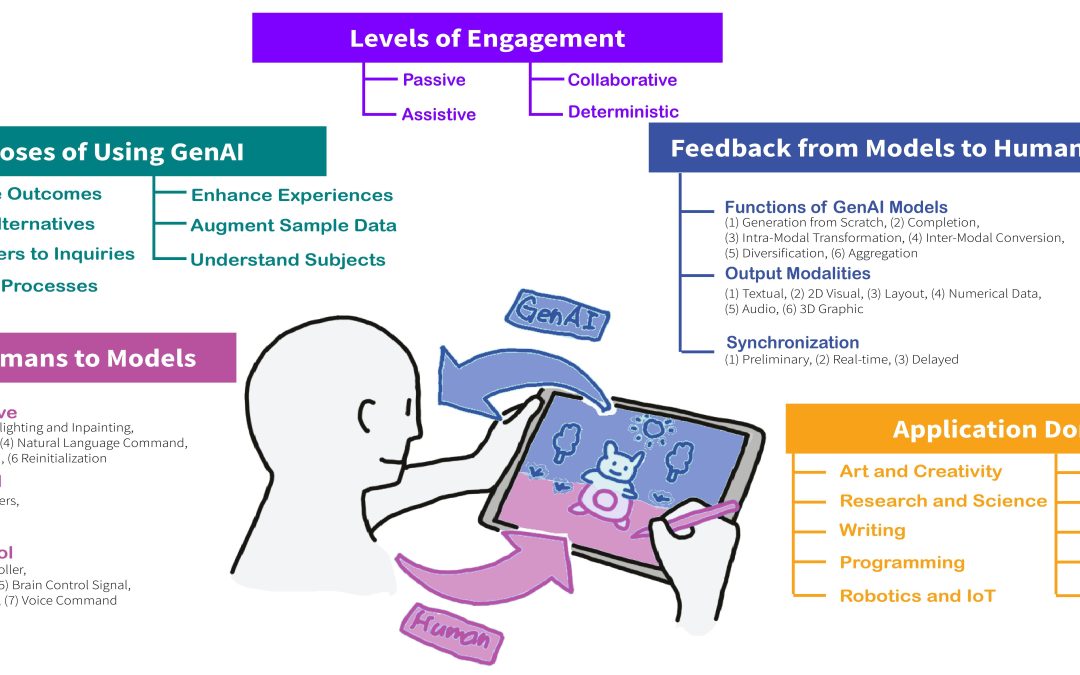

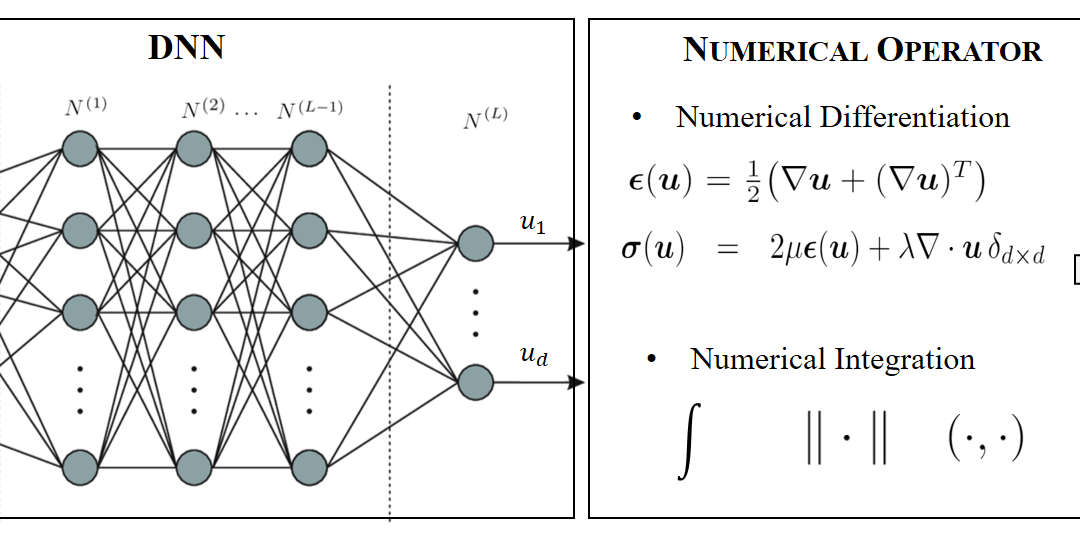
In this paper, we study the deep Ritz method for solving the linear elasticity equation from a numerical analysis perspective. A modified Ritz formulation using the H1/2(ΓD) norm is introduced and analyzed for linear elasticity equation in order to...
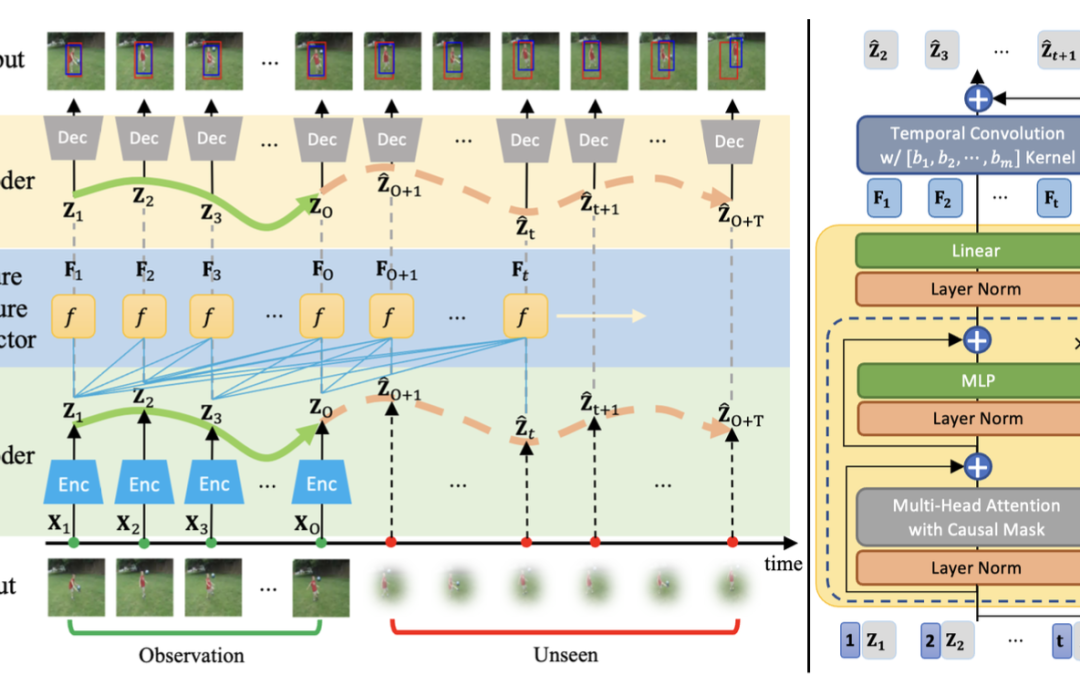
Predicting future action locations is vital for applications like human-robot collaboration. While some computer vision tasks have made progress in predicting human actions, accurately localizing these actions in future frames remains an area with...
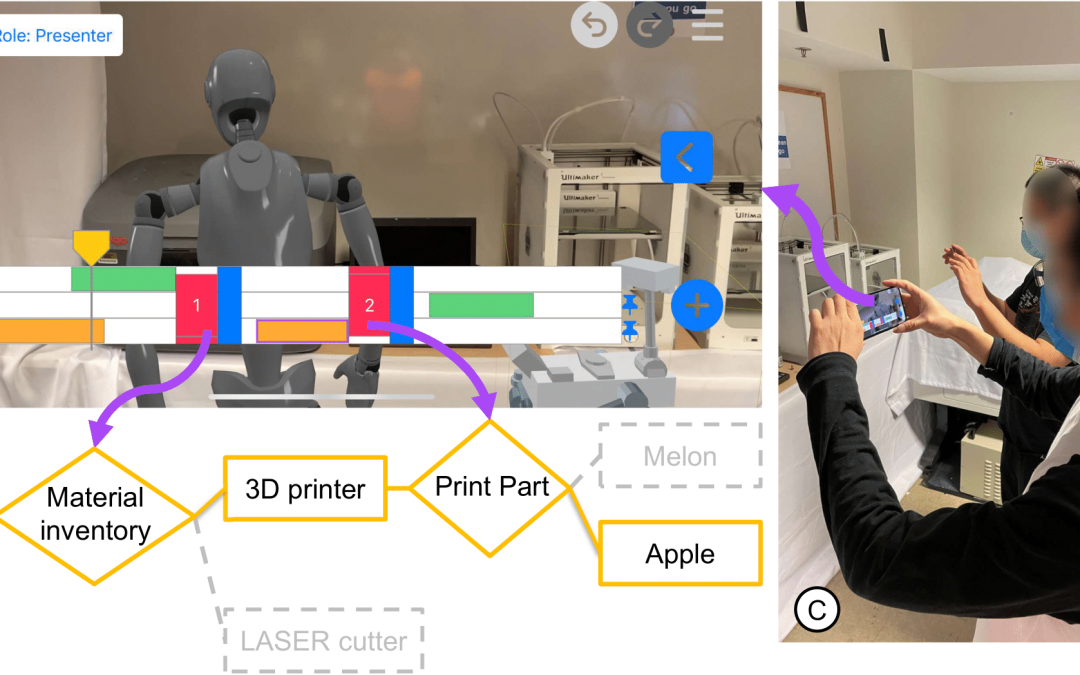


Utilizing everyday objects as tangible proxies for Augmented Reality (AR) provides users with haptic feedback while interacting with virtual objects. Yet, existing methods focus on the attributes of the objects, constraining the possible proxies...
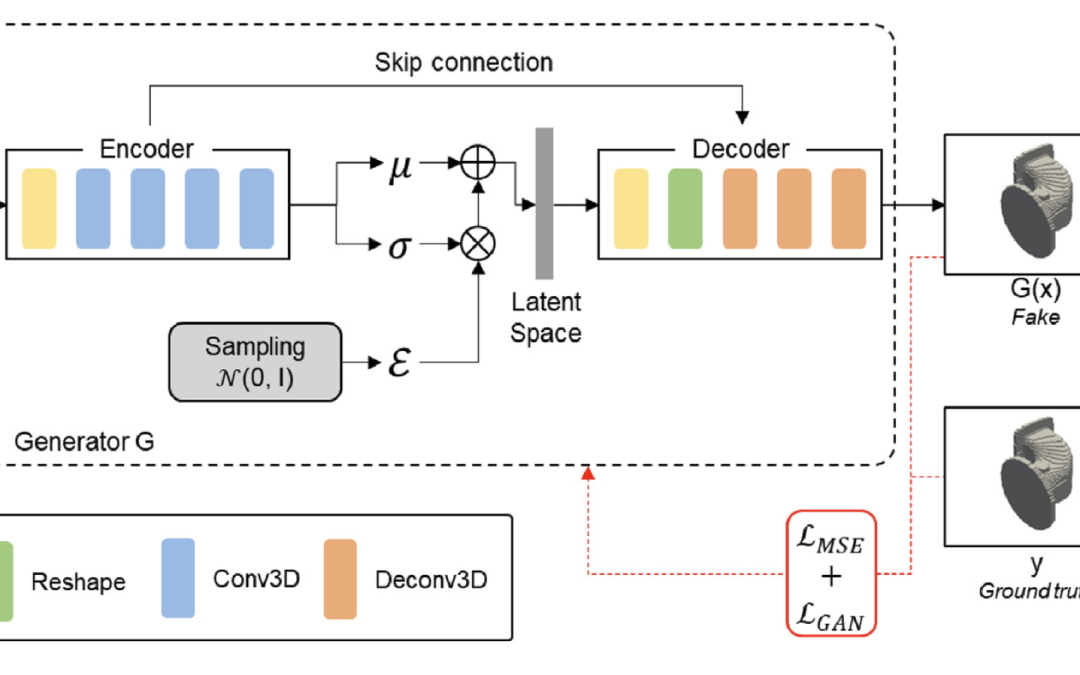
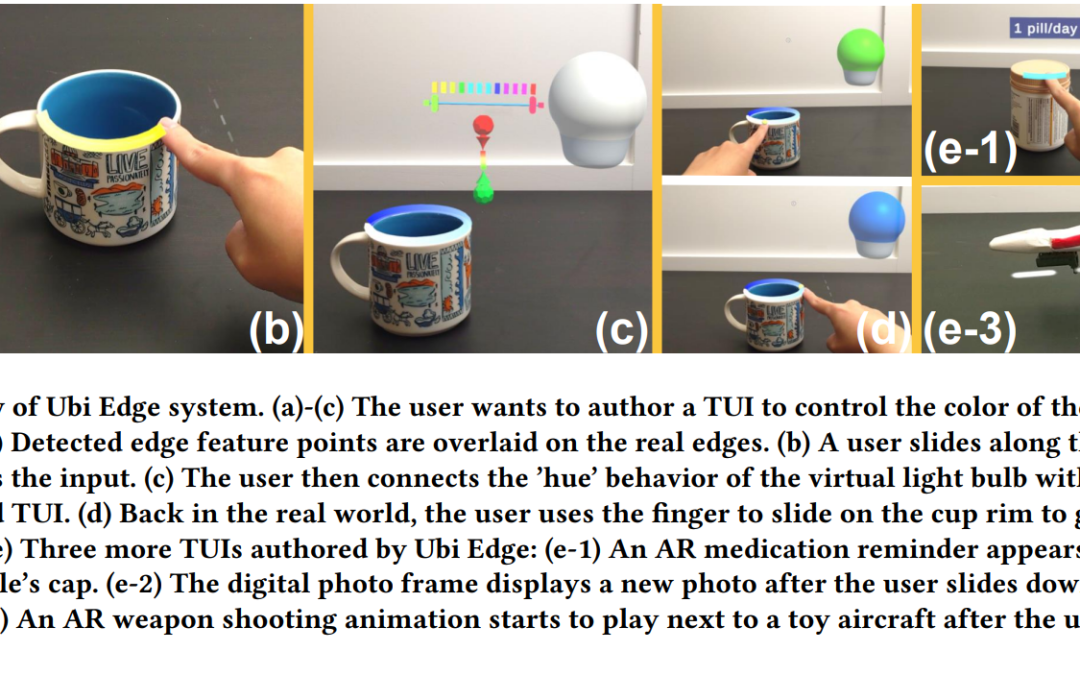
Edges are one of the most ubiquitous geometric features of physical objects. They provide accurate haptic feedback and easy-totrack features for camera systems, making them an ideal basis for Tangible User Interfaces (TUI) in Augmented Reality...
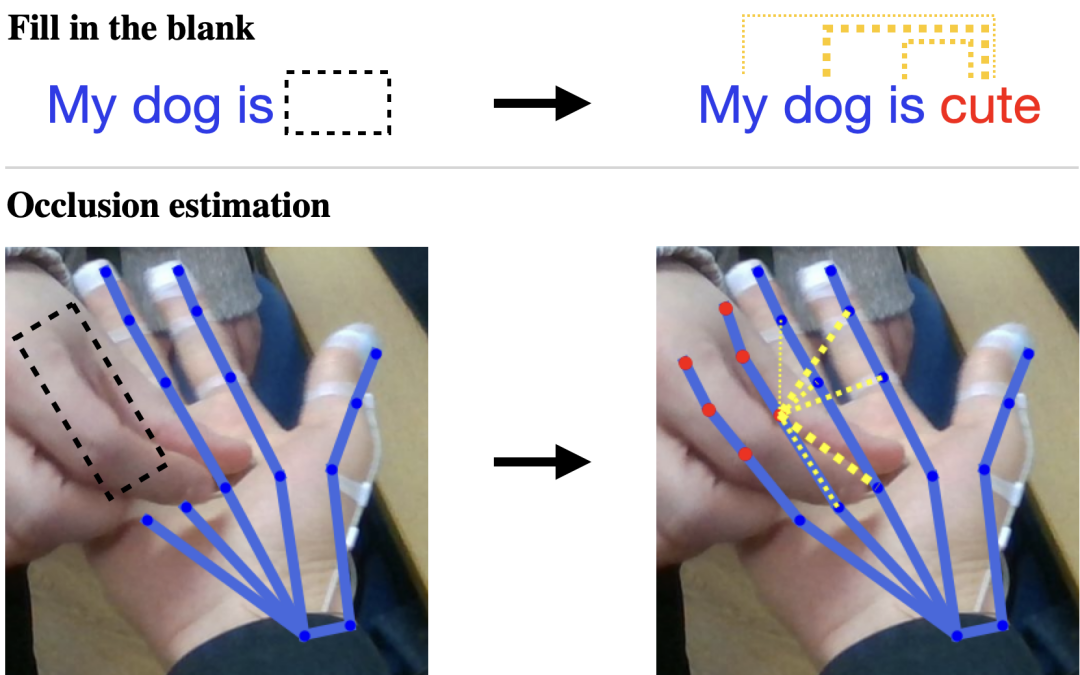
Accurately estimating the human pose is an essential task for many applications in robotics. However, existing pose estimation methods suffer from poor performance when occlusion occurs. Recent advances in NLP have been very successful in...
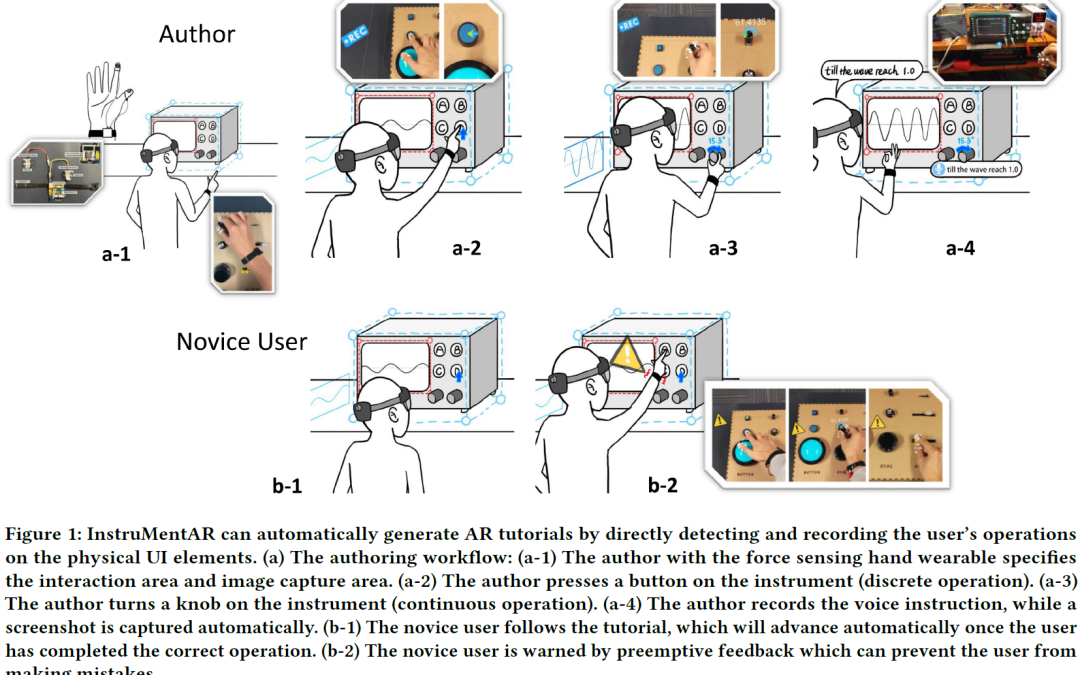
Augmented Reality tutorials, which provide necessary context by directly superimposing visual guidance on the physical referent, represent an effective way of scaffolding complex instrument operations. However, current AR tutorial authoring...
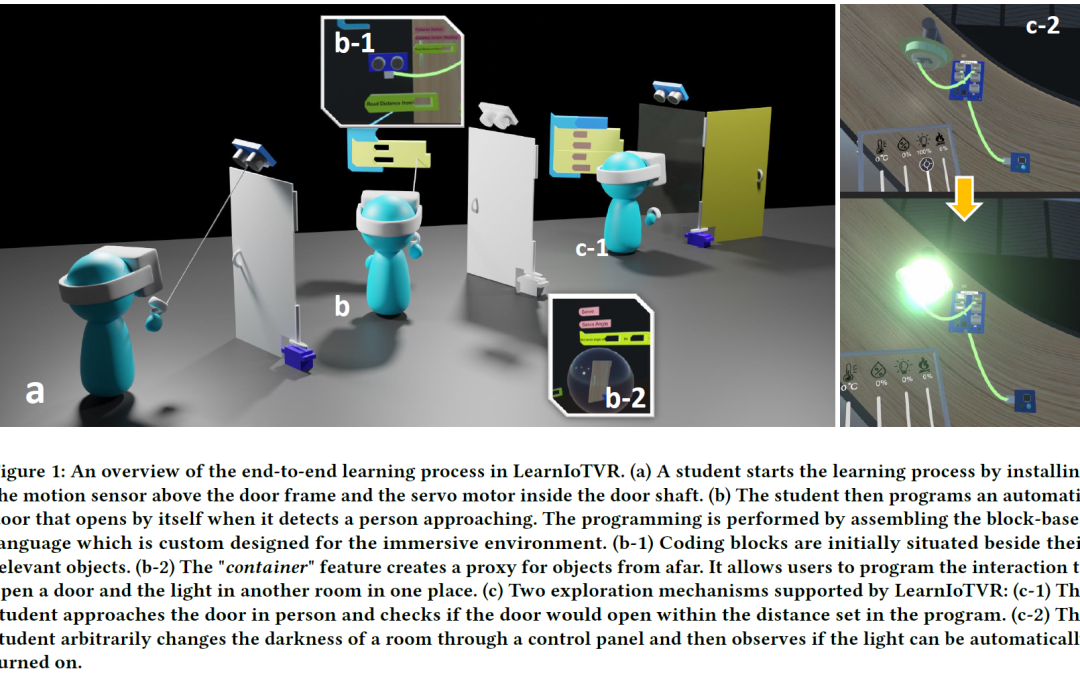
The rapid growth of Internet-of-Things (IoT) applications has generated interest from many industries and a need for graduates with relevant knowledge. An IoT system is comprised of spatially distributed interactions between humans and various...

Interaction in mid-air can be fatiguing. A model-based method to quantify cumulative subjective fatigue for such interaction was recently introduced in HCI research. This model separates muscle units into three states: active (MA) fatigued (MF) or...